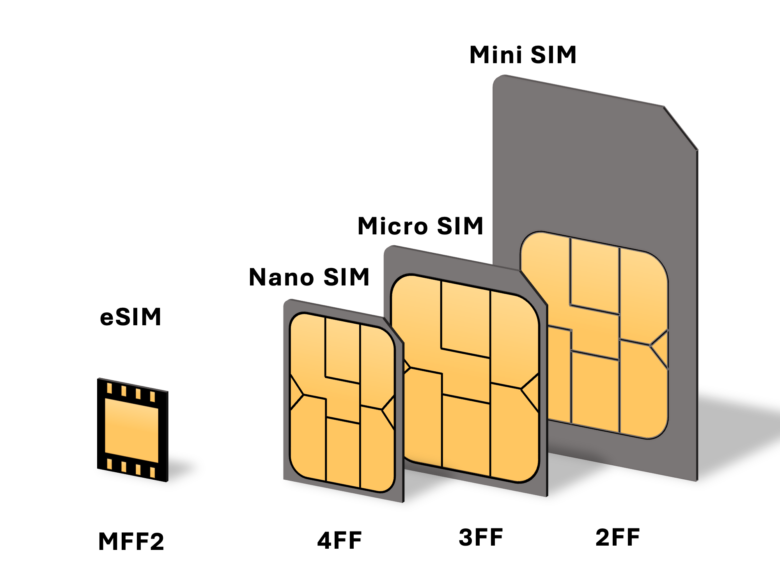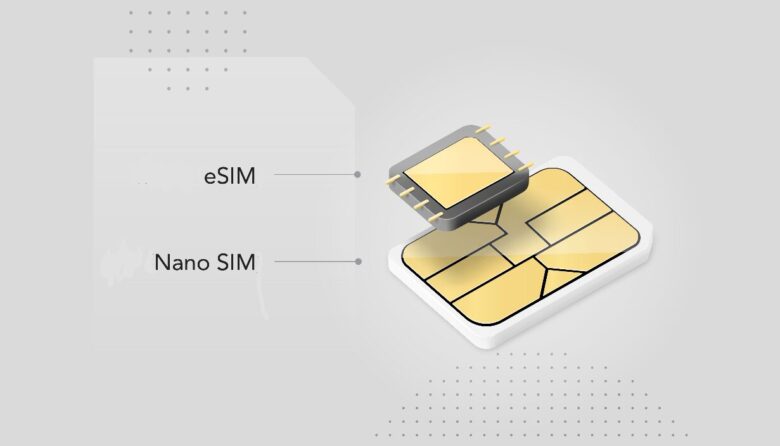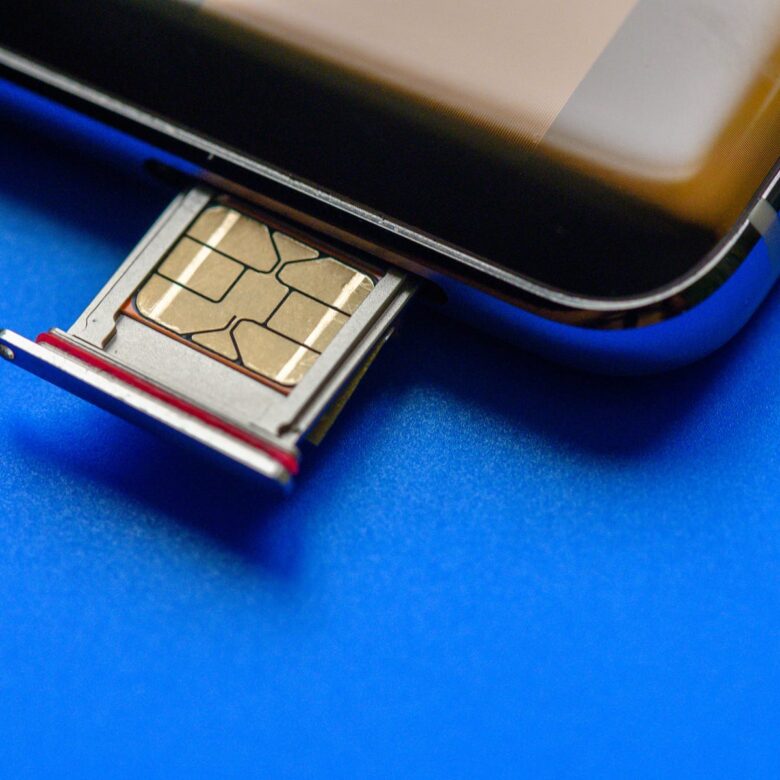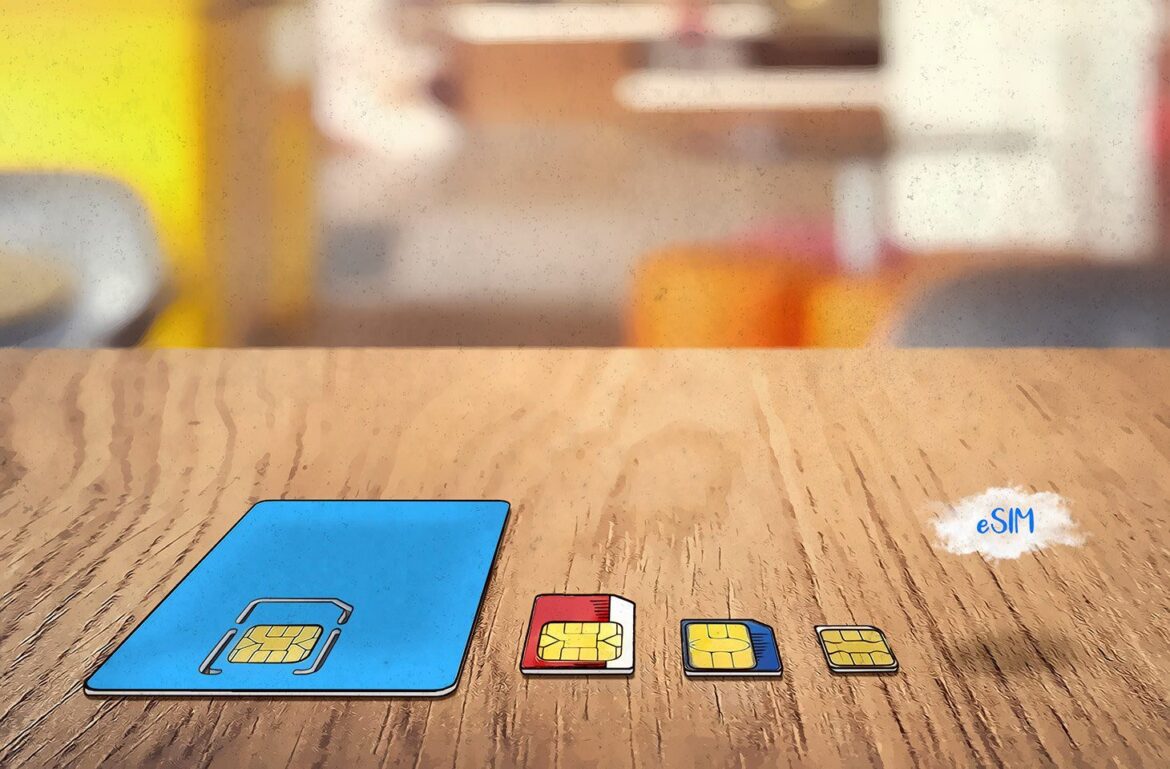Are you wondering what eSIM is and why it’s becoming more popular? With the increasing prevalence of connected devices, understanding eSIMs can be essential for a variety of applications.
In this article, we’ll explain five key insights about eSIMs that will help you make informed decisions about how to best incorporate them into your technology stack.
From an overview of their functionality to exploring the advantages they provide compared to traditional SIM cards, we cover everything you need to know about these powerful tools. Get ready to demystify eSIMs!
What is an eSIM?

Source: en.wikipedia.org
An eSIM is an embedded Subscriber Identity Module that allows for a more secure, efficient, and convenient way of connecting to wireless networks. It eliminates the need for physical SIM cards as they can be activated remotely and securely stored inside your device.
This implementation of digital technology makes transferring network providers easier than ever before – no more having to buy new SIM cards when switching carriers.
An eSIM offers added flexibility when traveling abroad, allowing users to stay connected without having to find a local carrier preferred by their current provider. As such, this innovative technology has revolutionized the mobile industry and continues to transform how people communicate with one another around the world.
Advantages of Using an eSIM

Source: smartprix.com
The advantages of using an eSIM are numerous and far-reaching. An eSIM is a modern, embedded SIM card that can be used to provision cellular service from any compatible network without the need for physical hardware.
It allows users to switch networks, quickly access services in multiple countries and provides enhanced security features. One key advantage of an eSIM is its portability: it’s easily transferable between devices.
This makes it ideal for those who want to move their data plan from one device to another without fuss or lengthy contracts; this could include business travelers needing quick access to local carriers overseas or consumers upgrading phones regularly.
Additionally, because your profile isn’t tied directly to the physical SIM card itself, youre less susceptible to fraudulent activity if your phone were stolen or lost – making eSIMs much more secure than traditional SIM cards when traveling abroad with valuable information stored on your device.
Another benefit of an eSIM is its cost efficiency; by eliminating the need for purchasing additional hardware (such as a new physical SIM card), costs associated with switching plans are dramatically reduced compared to changing providers via traditional methods.
As well as being economical individually, businesses may benefit too thanks to large discounts available when they purchase bulk numbers of eSIMs at once – allowing them greater control over data usage and reducing overall expenses related to mobile device management & support staff costs, etc.
Finally, perhaps most importantly – not all networks offer service through normal physical SIM cards; some may only be accessible through an embedded system like that offered by an ESIM provider such as Apple’s iPhone XS Max or Google’s Pixel 3XL series phones respectively – meaning accessing these exclusive networks would not otherwise be possible without having such technology installed inside one’s phone already!
How Does an eSIM Work?

An eSIM, or Embedded Subscriber Identity Module, is a programmable SIM card that allows users to connect their devices to cellular networks without having to physically insert an additional SIM card. It has become increasingly popular with the emergence of connected devices such as watches and tablets which don’t have space for traditional cards. So how does it work?
The eSIM works like any other SIM card in that it stores secure user data including a unique identity number assigned by the network provider and authentication keys used for encryption.
However, unlike traditional physical SIM cards, eSIMs are embedded right into the circuitry of your device so they can’t be removed or replaced without specialized tools. Instead of being manually inserted into a slot on your phone, you activate an eSIM remotely through special software applications provided by mobile operators.
Once activated, users can easily switch between different service providers using remote activation codes sent via text message or email depending on what type of subscription is desired—either prepaid or postpaid services from one carrier at a time (or multiple carriers if dual-sim enabled).
This flexibility makes it easier than ever before to access affordable wireless plans while traveling abroad without having to worry about changing out physical cards every time you arrive in another country!
Challenges and Limitations of eSIM Technology

The introduction of eSIM technology has revolutionized the way we use cellular devices. Despite its many advantages, there are still several challenges and limitations associated with this innovative technology that need to be taken into consideration. One major challenge is related to compatibility; while eSIMs can work with a range of different networks, not all phones are compatible with them yet.
Additionally, they also require more complex authentication procedures than traditional SIM cards to activate services on any given network. Furthermore, due to their design as embedded chips within the device itself, users cannot easily swap or change between different providers for better deals without changing their entire device.
Finally, another limitation is that eSIMs typically offer fewer features compared to traditional SIM cards so some advanced functions may not be available when using an eSIM in certain countries or regions.
The Future of the eSIM Revolution
As the eSIM revolution continues to sweep the globe, businesses and consumers alike need to understand what this technology means for their future. The concept of an embedded SIM card has taken off in recent years, providing users with unprecedented mobility and convenience.
Although the possibilities that come with this technology are endless, it is important to understand how these changes will affect our lives in both the short-term and long-term. In this article, we will delve into five key insights about eSIMs that can help us better prepare for its rapid spread across industries.
From its ability to streamline processes such as provisioning new devices or switching between carriers to being a more secure option than traditional physical SIM cards, there is no doubt that eSIMs offer many advantages over their predecessors.
As consumer demand grows at an exponential rate, companies are starting to develop innovative ways of integrating them into existing services and products – making them even more reliable than before.
 Moreover, advancements in artificial intelligence have enabled eSIMs to be used as authentication tools – further increasing their potential uses in various applications such as banking or healthcare systems.
Moreover, advancements in artificial intelligence have enabled eSIMs to be used as authentication tools – further increasing their potential uses in various applications such as banking or healthcare systems.
The implications of the widespread adoption of embedded SIM cards go beyond just convenience; they also provide a much-needed boost towards digitalization efforts worldwide.
By eliminating unnecessary paperwork associated with physical SIM cards or subscription contracts, businesses can save time and resources while customers benefit from improved customer service experiences due to quicker onboarding procedures and easier access to mobile plans tailored specifically for them.
This could potentially lead us towards a world where purchasing items like smartphones online becomes commonplace – allowing people all around the globe faster access to advanced technologies without having any geographical boundaries holding them back!
Finally yet importantly; governments globally must keep up with these rapidly changing trends by putting laws in place that protect citizens from privacy violations while still enabling business growth through innovation – something especially pertinent given rising concerns over data security within today’s digital age.
Hopefully, these debates can be resolved sooner rather than later so that everyone may enjoy safe use of eSIM capabilities going forward! In conclusion; though there might still be some unknown elements surrounding the implementation & usage of eSim technology – one thing remains certain: Its implications on today’s society have been far-reaching & revolutionary already! With increased ease & flexibility when accessing mobile services coupled with enhanced security measures against fraudsters & hackers alike – all signs point towards continued progress ahead!
Conclusion
eSIM technology is an exciting advancement in the telecoms industry that brings numerous benefits to users. It can be confusing at first, but thankfully there are resources like https://buzzesim.com that help break down all of the key insights you need to know about eSIMs, such as their size and compatibility with devices.
With these insights in mind, it’s clear that eSIMs offer a great solution for many people looking for flexibility and convenience when it comes to their mobile connection needs.
The ability to switch carriers without needing a physical SIM card makes switching plans easier than ever before; no more worrying about swapping out cards or having multiple SIM cards on hand! eSIM technology shows promise for providing users with better access to reliable connectivity across different networks and countries, making traveling even simpler.

